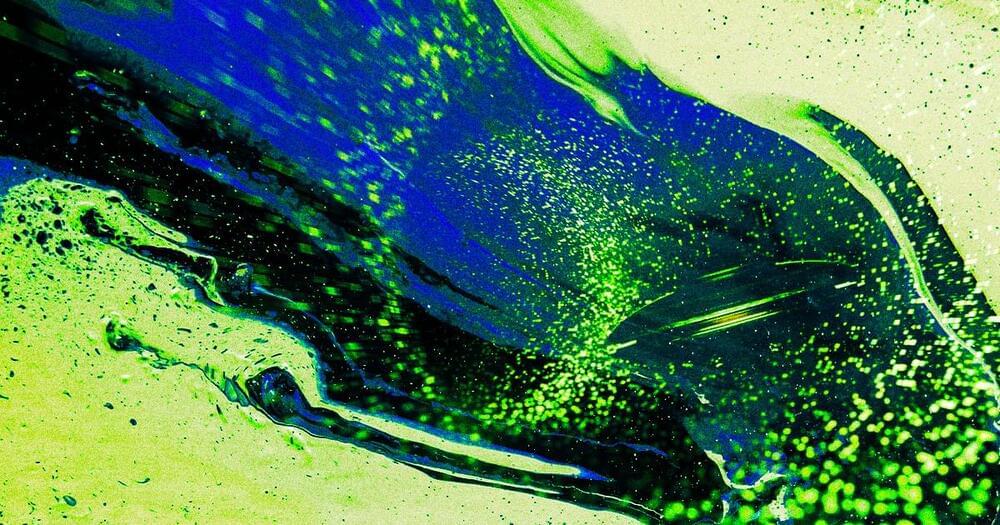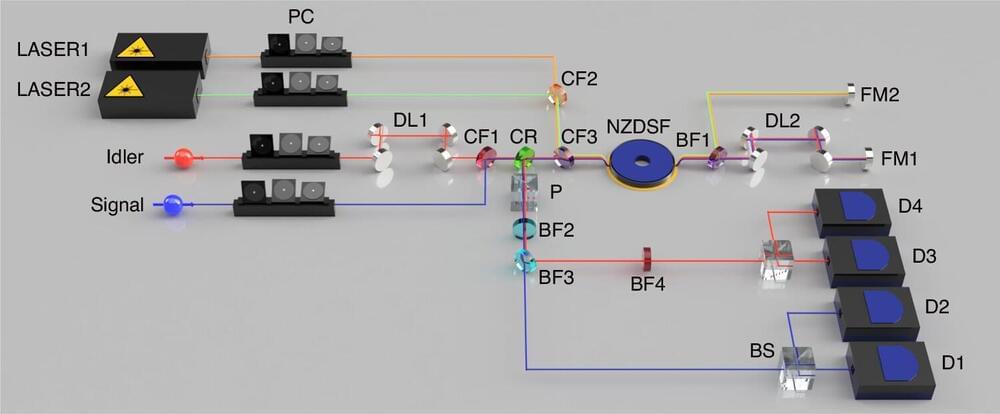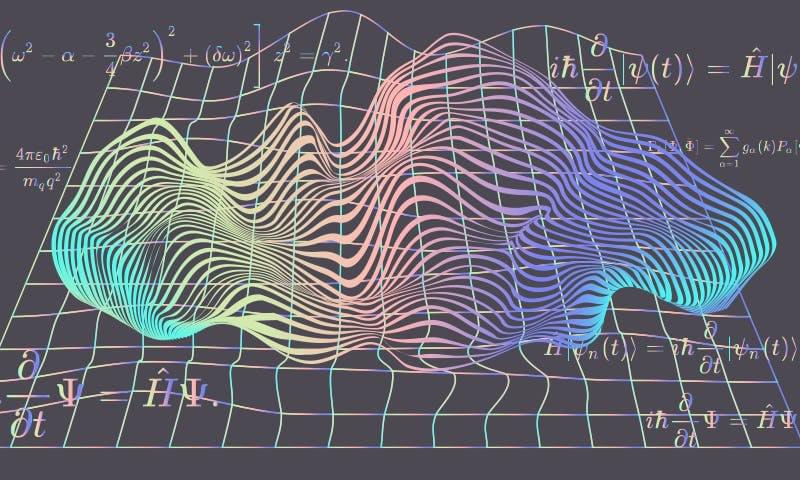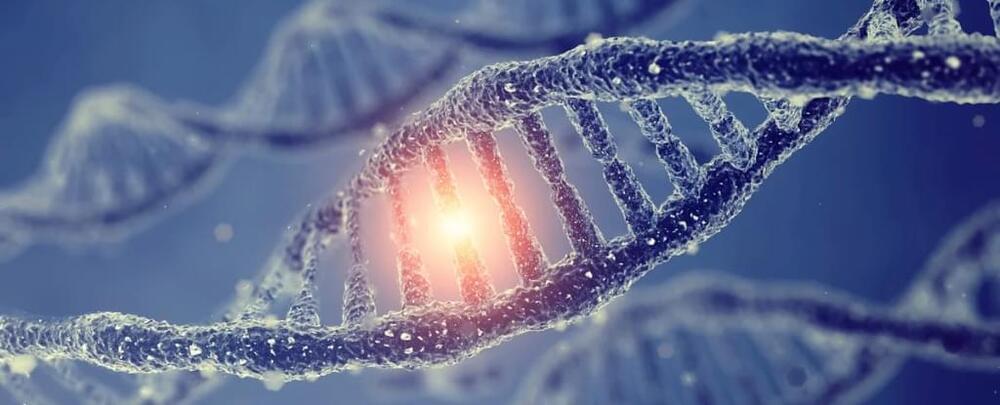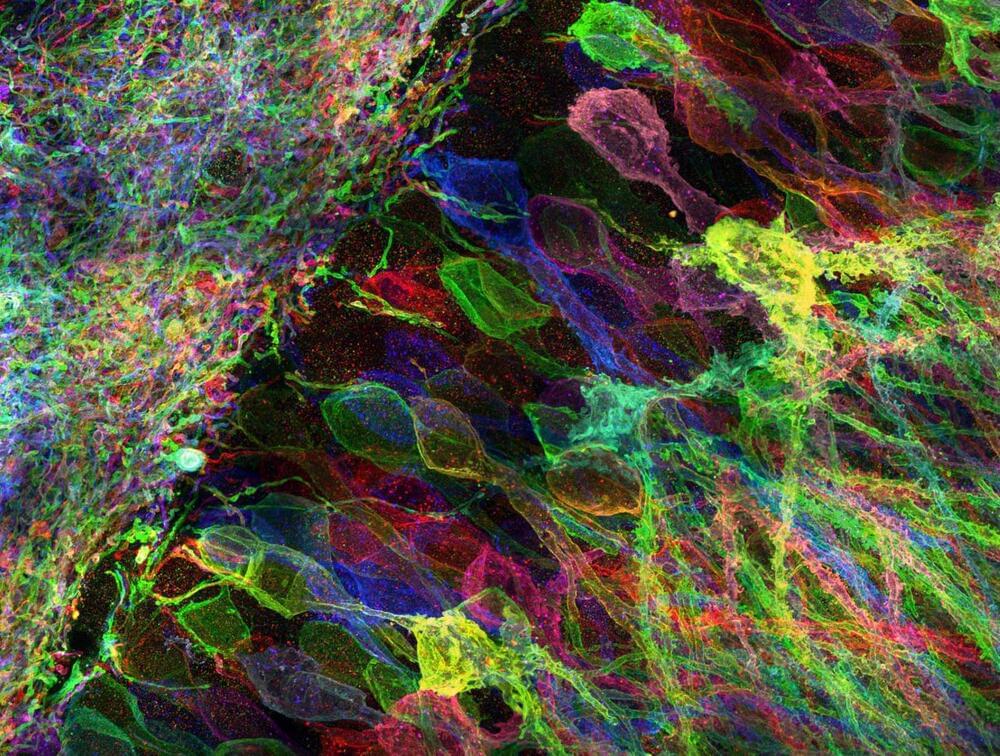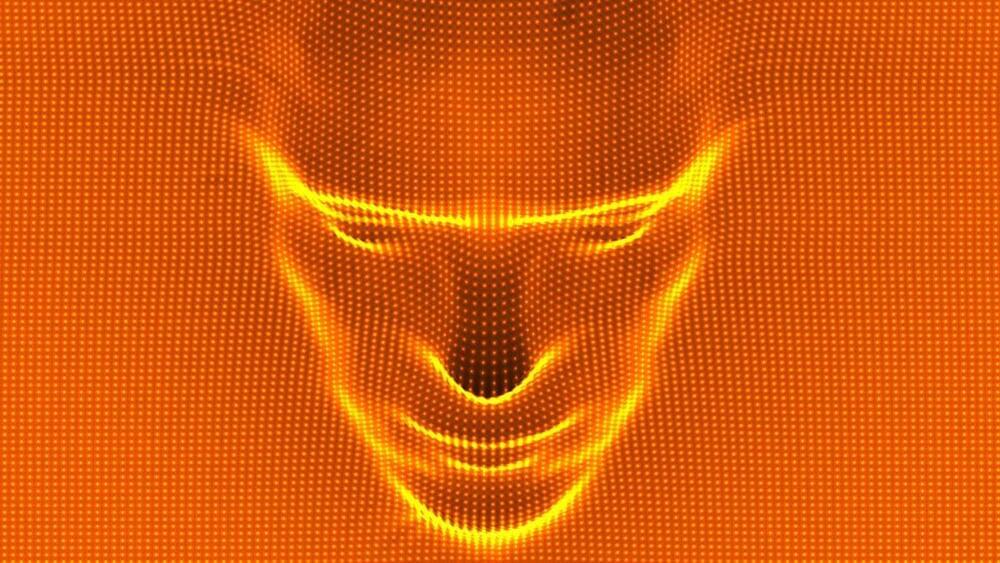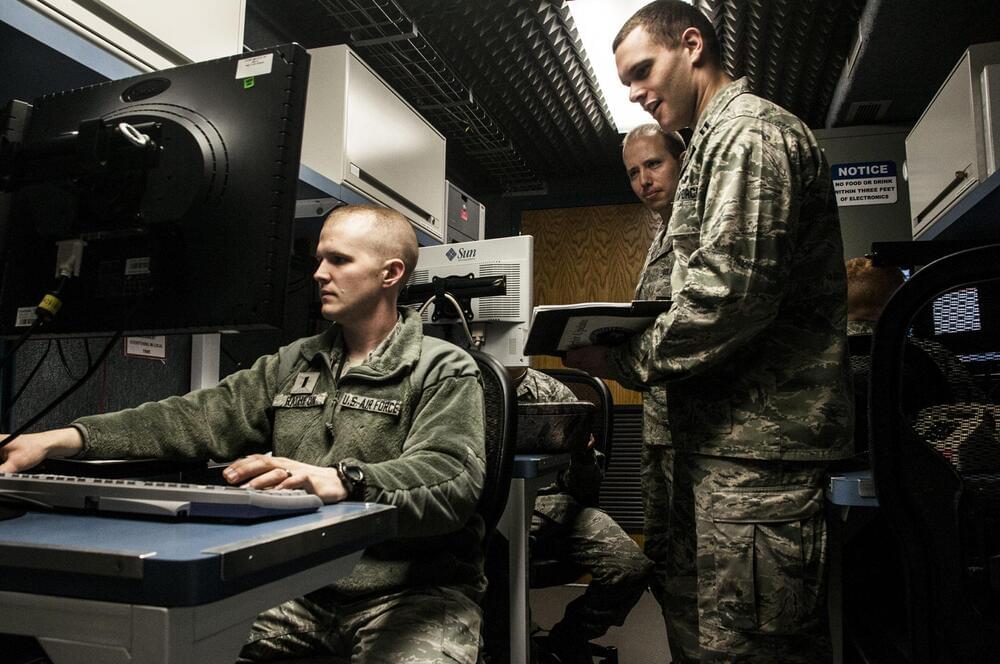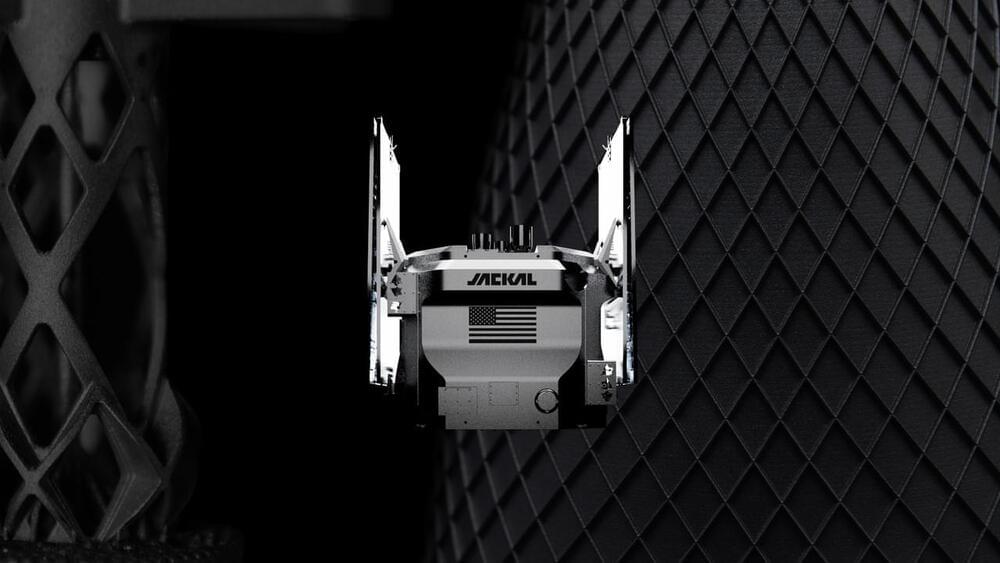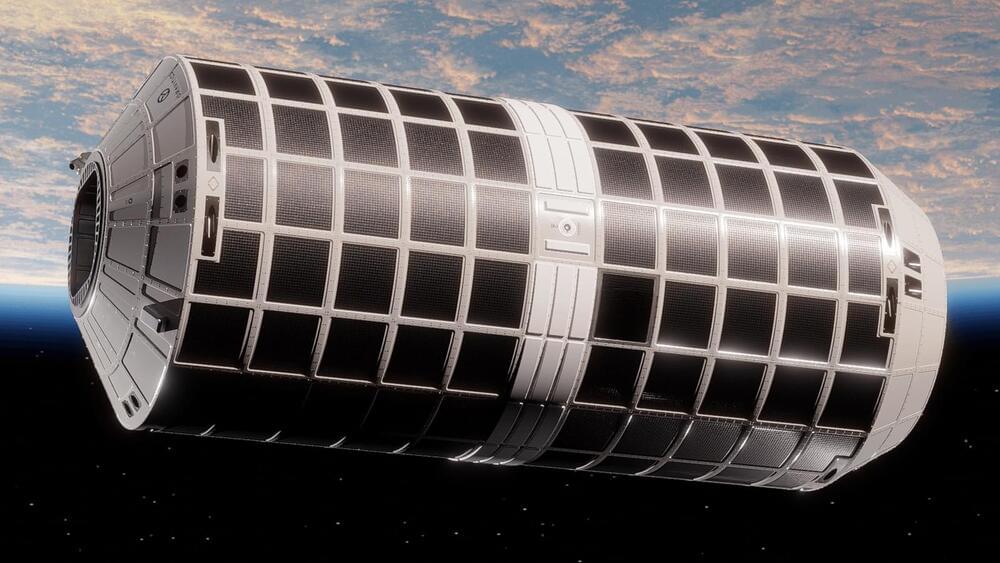One of the world’s foremost experts in the search for extraterrestrial intelligence (SETI) believes that with the help of the James Webb Space Telescope, humans are closer to discovering life outside our planet than ever before.
Lisa Kaltenegger, who directs the Carl Sagan Institute at Cornell, told The Telegraph this week that because the Webb Telescope is designed to detect biosignatures — the scientific word for “signs of life,” including organism-produced methane gas — we may well find ETs very soon.
Kaltnegger, whose new book “Alien Earths: Planet Hunting in the Cosmos” was published this month, waxed enthusiastic when discussing the JWST, bragging that with its technological leaps, humanity is now in “this era of golden exploration, with thousands of other worlds on our doorstep, that we now can actually explore.”
